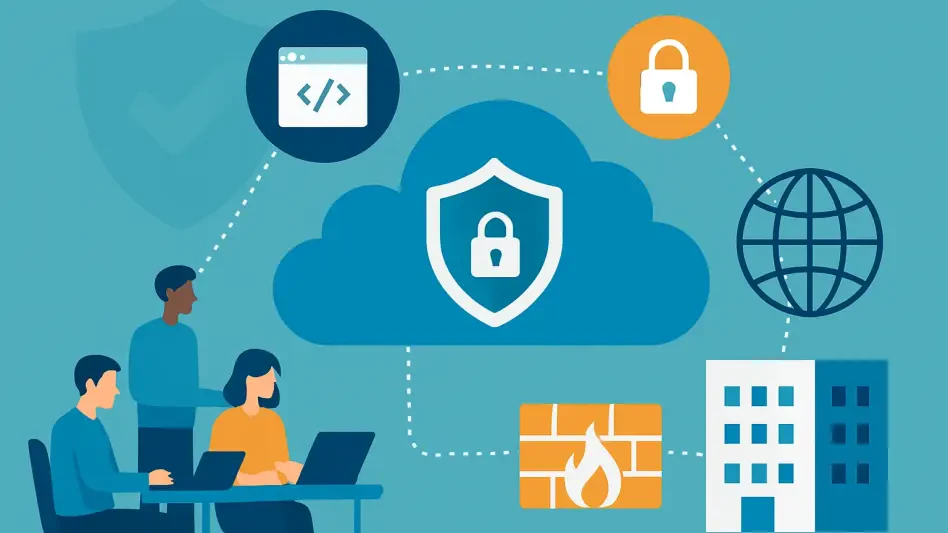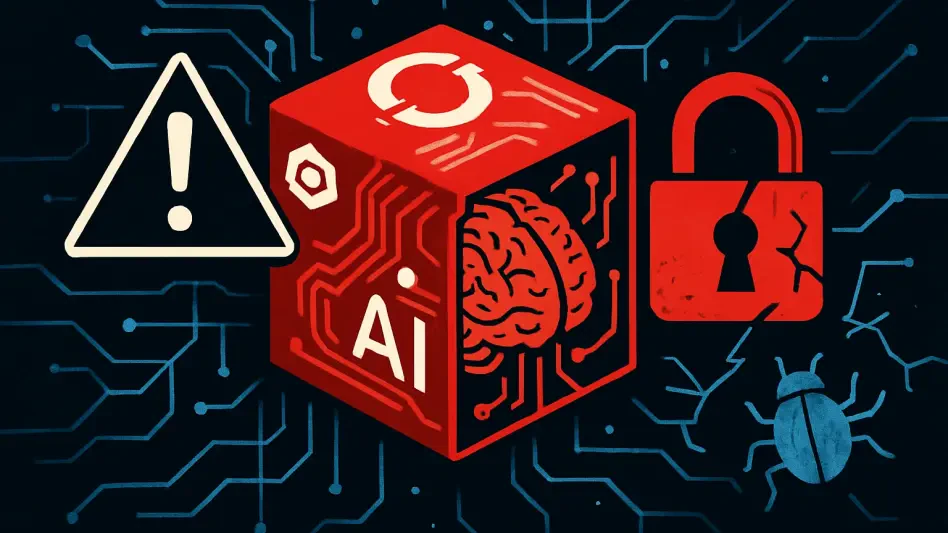In a world where digital transformation is not merely an option but a necessity, the role of software security becomes paramount. Veracode, a leading application security company, is taking significant strides to enhance software security with its latest upgrades. These updates are aimed at assisting organizations in navigating the complexities of modern software environments. Key among these enhancements are the integration of AI capabilities within the Dynamic Application Security Testing (DAST) product and the introduction of External Attack Surface Management (EASM) tools. By offering these cutting-edge solutions, Veracode is attempting to address the rising challenges posed by sophisticated cyber threats, particularly the rapidly expanding and complex attack surfaces that organizations must manage.
The emergence of cloud computing and agile development methodologies has increased the pressure on security teams to adopt comprehensive, forward-thinking solutions. The traditional perimeter-based defenses are no longer adequate in the age of web applications, as highlighted in the recent Verizon Data Breach Investigations Report, which underscores the vulnerability of web applications to cyberattacks. Veracode’s enhancements reflect a strategic move towards a more integrated and dynamic approach to risk management. By shifting focus from mere vulnerability scanning to holistic risk management, the company aims to empower security teams with the capability to quickly and effectively mitigate potential threats. This proactive stance is designed to streamline the security response and prioritize risks based on potential impact.
Embracing AI and External Management Solutions
Veracode’s attempt to integrate AI-powered features into its DAST product marks a pivotal step for the company. The enhanced DAST functionalities aim to facilitate smarter and more efficient vulnerability detection by automating the otherwise tedious processes involved in scanning complex application environments. AI’s predictive capabilities can help identify potential threats more accurately and in less time, which is crucial in keeping up with the fast-paced nature of modern software development cycles. Furthermore, the AI features assist in differentiating between critical and non-critical vulnerabilities, enabling security teams to allocate resources more efficiently and manage risks more proactively.
The introduction of External Attack Surface Management (EASM) further underscores Veracode’s commitment to innovation in the field of cybersecurity. EASM focuses on automating the discovery of external attack surfaces, providing a broader perspective critical for effective threat management. This capability is particularly important as organizations increasingly operate in hybrid and cloud environments, where traditional security measures may fall short. By offering consistent monitoring and identifying gaps from an attacker’s perspective, EASM can provide a crucial layer of protection against cyberattacks. It helps security teams prioritize critical threats and close visibility gaps, thereby enhancing their ability to respond to evolving threats.
Shifting Towards Holistic and Dynamic Security
As attack surfaces grow and evolve, the need for a holistic security approach becomes more pronounced. Veracode’s latest upgrades exemplify this shift towards comprehensive risk assessment rather than isolated vulnerability scanning. By integrating the Risk Manager tool with its suite of security offerings, including static, dynamic, and software composition analysis, Veracode provides a unified platform that consolidates security insights. This integration allows security teams to gain a coherent overview of applications’ security postures, transforming how they understand and manage risks across diverse software environments.
Furthermore, the enhancements within DAST Enterprise Mode are designed to handle large portfolios of applications effectively. Features such as advanced crawling, AI-assisted auto-logins, internal scan management, and real-time fault reporting are tailored to meet the demands of modern software security. These upgrades facilitate the rapid identification and rectification of security issues, enabling organizations to maintain a robust security posture without slowing down development processes. By aligning with industry shifts towards unified and resilient risk management practices, Veracode empowers security teams with the tools and insights necessary to enhance both speed and security of software development.
Towards a Unified Defense Strategy
As digital transformation becomes crucial for businesses, software security gains significance. Veracode, a leading company in application security, is making considerable advancements to boost software security through recent updates. These updates aim to help organizations navigate the intricacies of modern software environments. A major focus is the integration of AI into their Dynamic Application Security Testing (DAST) product, along with the launch of External Attack Surface Management (EASM) tools. By providing these advanced tools, Veracode tackles the mounting challenges brought by sophisticated cyber threats, especially the increasingly vast and complex attack surfaces companies face today.
With the rise of cloud computing and agile development, the need for comprehensive and innovative security solutions has surged. Conventional perimeter-based defenses fall short in protecting web applications, as evidenced by the Verizon Data Breach Investigations Report emphasizing their susceptibility to cyberattacks. Veracode’s updates represent a strategic shift to a more integrated, dynamic risk management approach, empowering security teams to swiftly mitigate threats by understanding and prioritizing risks, ensuring a streamlined security response.







